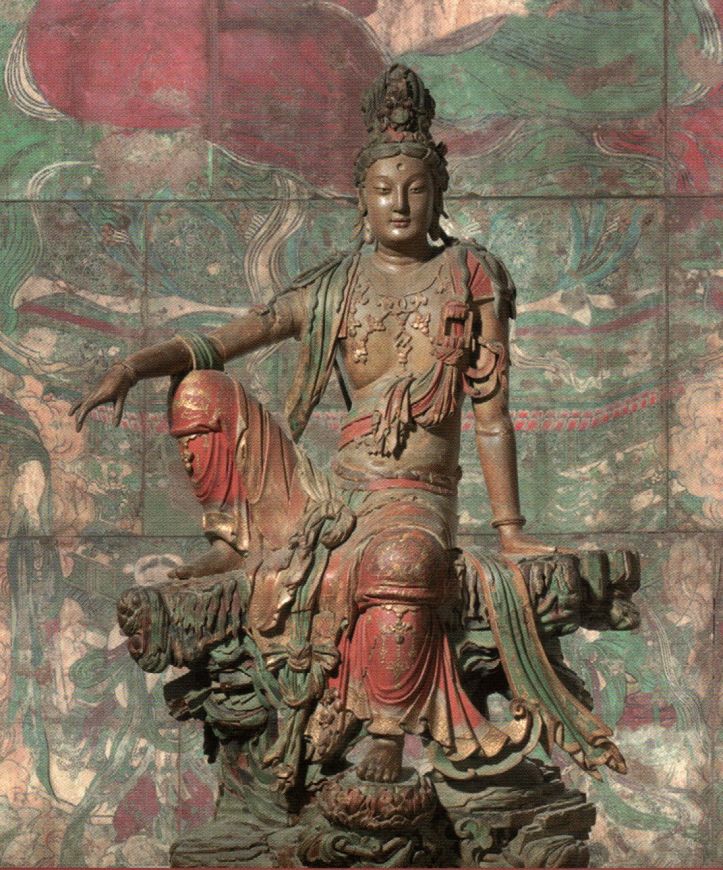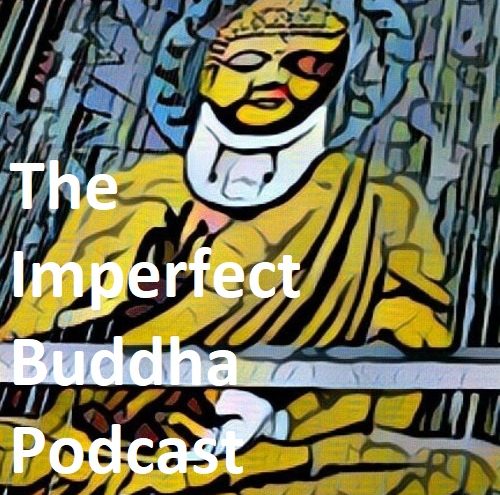
Checking in
A lot has happened over these last few months with chaos and conflict playing out in the political and social media spheres to an impressive degree. It’s all very dramatic and absorbing and it seems to me that we are living in some sort of soap opera these days, and I say that not to belittle or reduce the importance of many of the political battles being pitched, but rather, to recognise that reality appears to be becoming increasingly hyperreal[i], and brutally so. More than ever a few basic critical thinking skills would be beneficial for approaching the outrages of our time; especially as the big issues such as climate change, the decay of democracy, and environmental destruction keep getting pushed to the back of the queue in terms of importance. Needless to say, it is worth reminding ourselves to choose our battles more carefully than ever and decide where to place our attention and energies the best we can and be suspicious of whatever screams out for attention on Twitter or the daily news.
As a result of these thoughts, I find myself using social media less than I once did and feeling all the better for doing so. I am not a social media addict and have generally spent time online absorbing more substantial fare than tweets. Even so, it has been far too easy for me to get absorbed into essays, articles, videos, and debates on topics, and find that three hours plus have passed and nothing of lasting value or meaning has been achieved. This has robbed time from writing as it has stolen time from other pleasures. I intend to break this habit but not go all puritanical; just manage my relationship with those magical screens far better. As an immediate result, I have picked out some of the unfinished articles and essays I had started for this blog, reshaping the following text on theory and practice into something semi-decent.
One of the desires of the writing here and the podcast has been to introduce space between the practitioner and practice, between Buddhism and the Buddhist, so that more perspective, whether expanded or new, can be experienced, in order to widen and enrich understanding of what is taking place behind appearances and see how consequences result from choices and practices that may be invisible if Buddhism is the only lens used to frame what is at play. To this end, the podcast and this site have had a pedagogical aim (as much for us as the presenters, as may be, or not, for readers and listeners). Practice then within this purview, is an opportunity to expand our sense of what we are doing and not doing when we engage in Buddhist practices.
I have recently been thinking about delivery. I like to think carefully about the topics I write about and this translates into longer texts. I personally find ultra-short postings to be unsatisfactory but I am also keenly aware that few folks read long texts these days so this time round I will not post a long essay/article, but a series of short posts with specific themes that are united under the heading of theory and practice.
Finally, these two topics are ones I hope to tackle with Stuart in a podcast episode once he has completed his damn studies: A return to banter and discussion would be a welcome step forward for the Imperfect Buddha podcast.
Starting Out
“Ignorance is the cause of suffering” Shantideva
Contemporary western Buddhism has generally prioritised the end of anxiety, emotional suffering, and existential confusion over the pursuit of wisdom and the striving for an end to ignorance. When more conceptually leaning approaches are taken, the wisdom to be realised is strictly that of the Buddhist world and its doctrines, and this can lead to a form of intellectual poverty, and what Glenn Wallis has called Buddhist Sufficiency – the idea that Buddhism has a complete set of answers for solving all of our existential and ideational problems. Compassion for pain is not enough; the wisdom to examine ignorance in its widest sense might also be considered one of the higher purposes of Buddhism and seeing it as such changes quite dramatically the scope and goals of practice.
I will consider three thoughts in this series of posts; (1) practice needs to be more consciously aligned with better theory, (2) theory should be wielded more conscientiously and creatively, (3) the pursuit of wisdom is far richer, varied and exciting than a mere wander around in the fields of Buddhist teachings. This will all be undertaken through an exploration of a most intimate couple: theory and practice. These two comprise a wonderfully simple, yet highly useful conceptual pairing for thinking about one’s relationship with meditation, path goals, and the ideas that underpin both. Theory and practice additionally hold a central role in debates over the gradual and instant paths described in Buddhism and I will attempt to explore these two along the way.
Retreat V Radical Opening
My main interest in what follows is the degree to which a personal practice opens us up to the world, rather than act as a form of retreat from it. I have long viewed any long-term spiritual practice that leads to a retreat from the wider world and the creation of a new identity as highly dysfunctional. The opposite direction away from this is back into the shared world we all inhabit. An approach that takes this as the basis of practice might be summarised as radical opening. The implications of radical openness to this world transcend personal well-being and the realisation of path goals within an enclosed system of practice. What’s more, opening to the world in this context does not mean a primarily emotional act coupled with compassion or loving-kindness, but rather a wholesale engagement with our species, its concerns, and complexities, and the current and historical attempts of the whole to come to terms with its existence and find solutions to its problems and collective questions. Although such a pursuit will always be partial, it is in the spirit of unrestrained openness that a path of practice remains radical and transcends the limitations of tradition.
The starting point for radical openness is to assume one’s ignorance as perpetual and only ever partially resolved. Thus not seeking final, totalizing answers is part and parcel of this approach and ought to result in seeing that positions are fluid and changing, that knowledge be related to as living culture, and that theories enacted in practice are also alive, and part of far richer and wider cultural forms that transcends local identities of Buddhist, spiritual, awake, unawake, and so on. It is not just a question of encompassing as many beings as possible in our sense of well-being, care and concern; it’s encompassing as wide a field of knowledge as we are capable and releasing our self-referential, tradition-referential tendencies into the process. This a movement away from Buddhist practice as refuge from the world towards an open engagement with the great feast of human knowledge as living dharma. The personal may inspire us to look in one direction rather than another, but the looking must transcend the enclosure of self-referential thought spaces to peek over walls into diverse courtyards of knowledge, questioning and exploration. This approach takes the unknown as the way and requires courage, daring and a healthy dose of imagination.
[i] “In semiotics and postmodernism, hyperreality is an inability of consciousness to distinguish reality from a simulation of reality, especially in technologically advanced postmodern societies. Hyperreality is seen as a condition in which what is real and what is fiction are seamlessly blended together so that there is no clear distinction between where one ends and the other begins.” https://en.wikipedia.org/wiki/Hyperreality

Hi Matthew, thanks for the awesome post. In your post you state that you view the “creation of a new identity as highly dysfunctional.” Could you please expand upon this idea? Aren’t there instances where new identities are more functional than older ones?
LikeLike
You managed to spot an incomplete sentence. An ‘often’ ought to precede the ‘highly dysfunctional’ phrase!
My short answer would be a yes.
My longer answer would include reference to the formation of the Buddhist identity, which indirectly acts to prevent a practitioner from realising the path.
On the whole, identities are a form of performance, rather than the ‘real thing’, so I would say it is far more useful to uncover the nature of identity than look for replacement parts.
That said, such work is not for everyone, so, yes, in some cases creating a new identity might be worthwhile and a relief from a stifling experience of selfhood.
LikeLike
[…] This is the second part of a series of posts on theory and practice. If you haven’t already, you might want to start with part one. Click here to access it. […]
LikeLike
[…] Post-Traditional Buddhism on Theory and Practice: https://posttraditionalbuddhism.com/2017/12/04/theory-and-practice/ […]
LikeLike
Great stuff, Matthew, this is exactly where I have arrived at this point in my 10 years of practice. I’ve been at this place before but keep returning to this again and again. https://dharmanerds.wordpress.com/2018/01/11/meta-buddhist-inquiry/
LikeLike
Great Shaun. Glad to hear it.
LikeLike